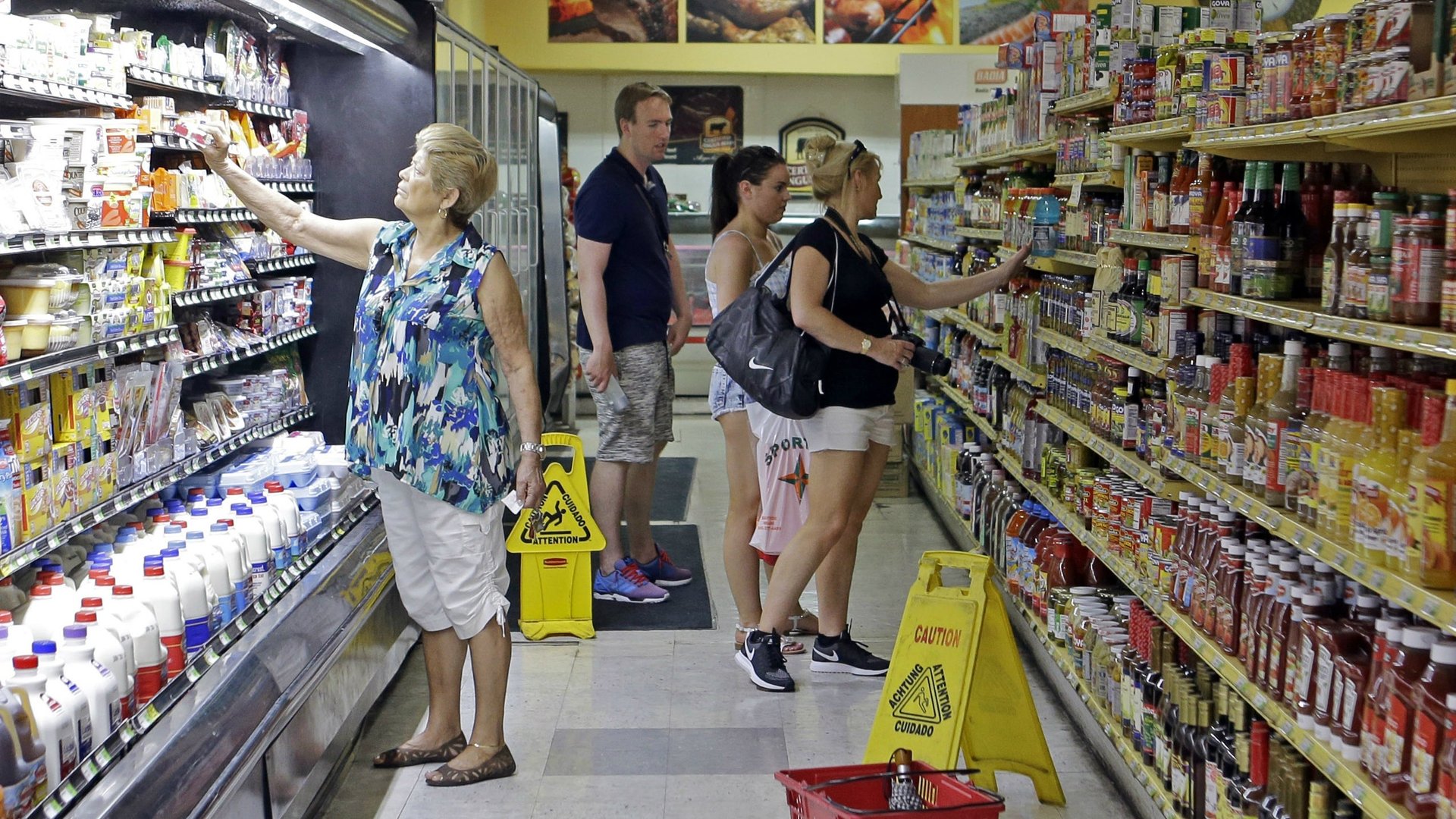How Nestlé tinkered with your pizza and profited
The TV dinner isn’t dead yet.


The TV dinner isn’t dead yet.
After six years of watching its North American frozen food division languish, Nestlé, the world’s largest food company by revenue, appears to have figured out how to get Americans to buy more of its frozen foods again.
The company did it by tinkering with its frozen pizzas and meals, simplifying ingredient lists, and redesigning the packaging to include more transparent labeling. It cost more than $50 million, but first- and second-quarter sales data indicate the investment is paying off.
If the strategy works, Nestlé could point the way forward for an industry whose leading companies have struggled to keep pace with consumers’ evolving desire for healthier foods and ingredient lists with fewer chemicals. “This is probably a good example of where we dropped the ball and consumers moved,” said Paul Bakus, president of Nestlé Corporate Affairs US. “But now we’re catching up.”
It’s not just a problem for frozen foods; both Coca-Cola and PepsiCo have watched their namesake brands decline in sales, while Kellogg’s has turned to high-profile chefs to figure out a way to bring breakfast eaters back to its products.
“A lot of the players in the frozen food area have had trouble keeping sales up and I think the general idea is that the quality perception is less,” Dan Caplinger, an analyst with Motley Fool, told Quartz. “It’s something that has really entered into the collective consciousness and I think that’s been a big price for frozen foods.”
Nestlé pledged to cut sodium in its pizzas by 10% and phase out trans-fats and artificial flavors. It now prints suggested serving sizes and food sourcing information on packaging, catching the eyes of consumers as they meander down frozen-food aisles. The company has also added more organic and gluten-free options, in addition to familiar staples.
The changes—introduced in April—led to back-to-back quarterly sales growth for the following seven months, according to a third-quarter report. And Bakus told Quartz he’s cautiously optimistic the trend will hold.
The company would not release specific sales numbers, but Nielsen data show Nestlé’s line of frozen nutrition products sold better than those of its competitors during the past half year. Lean Cuisine sales rose by 3.3%, while the rest of the industry’s frozen meals were down 0.6%.
A big hurdle for food companies is that the reason people buy a lot of frozen foods has changed. In the 1980s and 1990s, products like Lean Cuisine were billed as dieting tools. Now Americans appear to favor frozen meals that are marketed as healthy, rather than meals geared at dieting, said Jeff Hamilton, the president of at Nestlé’s prepared foods division, which includes Lean Cuisine.
The value of the Lean Cuisine brand has fallen by 20% during the last two years, from $1.3 billion in 2013 to $1.1 billion in 2015, according to data from Euromonitor. But analysts there have said it could rebound after Nestlé’s changes.
Lean Cuisine isn’t out of the woods yet, though. Its very name, after all, implies dieting, which runs counter to the company’s new message, Caplinger said. ”It’s about being smart about your health wherever your health happens to be. I don’t know you salvage the Lean Cuisine name if that’s your mindset.”
Nestlé cited consumer demand as the main reason for making the changes. And that demand is coming from a specific segment of the population, said Hank Cardello, a director at The Hudson Institute, and co-author of a June 2015 report (pdf) on changing supermarket trends. People buying food can be broken into three groups, Cardello said: the purists who place a priority on health, a middle crowd that wants both convenience and health, and those who prioritize convenience above all. ”If you think about it, this middling group, it’s growing now,” Cardello told Quartz. “They are about 25% of the population and they are the ones that are growing and demanding better-for-you items, but they will not give up on convenience and they will not give up on taste.”
Or as Caplinger puts it, the fast-food fight isn’t about winning hoity-toity shoppers. ”It’s not necessarily the high-end premium person that wants a whole different category of food,” he said. “It’s somebody who wants a burrito, but they want a burrito they can believe in.”